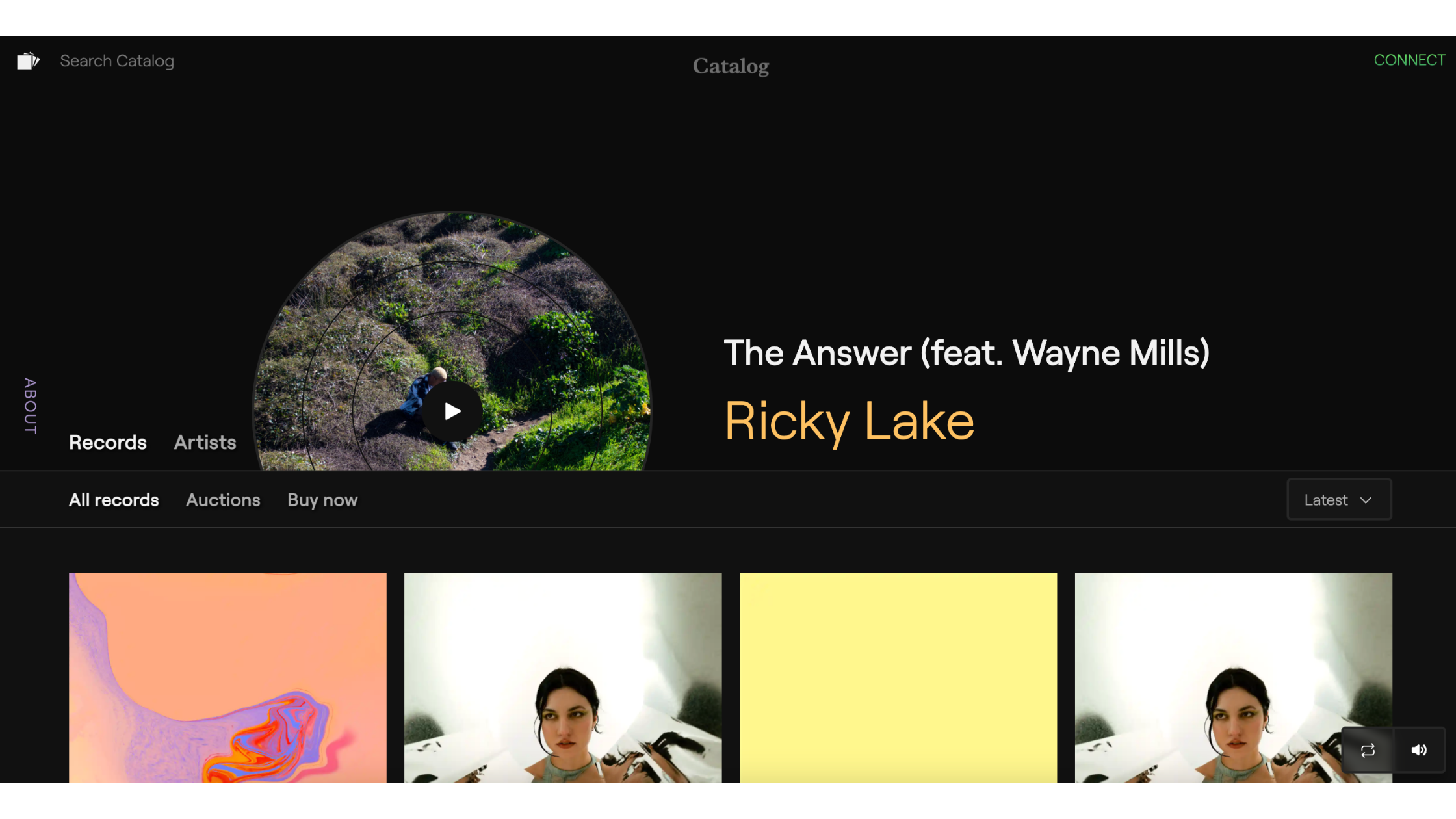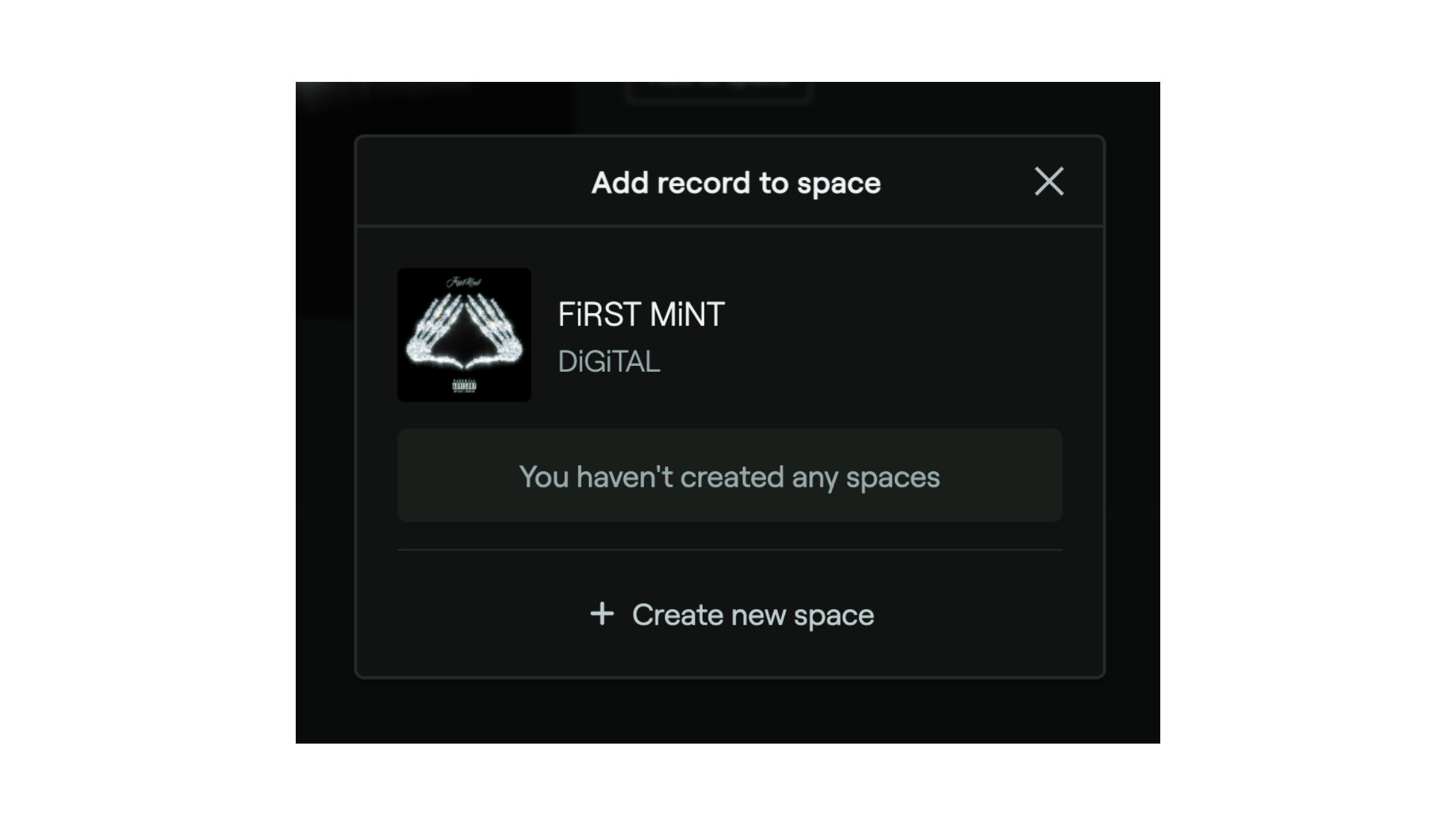Guest writer: PayUsNoMind
Content series: Music NFT Adoption
Growth is a critical aspect of every industry, and music NFTs are no different. As most onboarding efforts attract more artists into the NFT space, I wondered, “with all these sellers, who’s buying?” This question led me to analyzing how music NFT marketplaces grow collector bases.
For the market for music NFTs to truly grow, marketplaces must do more than look for artists to bring their fans. They must give fans a reason to collect.
Additionally, NFT collecting comes with tons of friction, from installing browser extensions to purchasing new cryptocurrencies. The process of buying an NFT shouldn’t make consumers feel like contestants on American Gladiators. Marketplaces shouldn’t make it difficult for consumers to give them their money.
Purchasing should be a simple and easy process.
In this Music NFT Adoption series, we’ll analyze music NFT platforms and marketplaces to see how they handle various issues, including buyer friction and transaction costs.
The goal is to identify the best places for artists to bring their fans into the world of Web3 and music NFTs.
Catalog Records

Catalog is an inviting and engaging music NFT marketplace built on Ethereum and the Zora Protocol.
Catalog allows artists to mint single edition (1/1) music NFTs, with each song representing the canonical version of an artist’s work online. Artists collect 100% of their initial sales and earn a royalty every time their music NFTs resale.
Additionally, Catalog allows users to create “Spaces” that organize their favorite music NFTs into playlists. I have a playlist of tracks I use as intros to my YouTube live streams that I discovered cycling through songs on the homepage.
Sure, a MetaMask wallet is required to add music NFTs to Spaces, but Web3 newbies can still cycle through tracks and find songs they’d like to playlist. The more songs a user discovers, the greater the possibility of finding something they’d be willing to collect.

As a tightly curated market, I find the music maintains a level of quality. The homepage audio player serves as a great discovery tool that gives visitors a reason to return.
Catalog borrows a page out of Spotify’s playbook with these features where anyone can be a user without being a paying subscriber. If Catalog were merely a transactional platform, potential collectors unwilling to fight through the friction of Ethereum would be lost forever.
Buyer Friction
Speaking of friction, Catalog currently has a high degree of buyer friction that’s likely to deter most new collectors. There’s no option to purchase music NFTs with debit or credits cards, nor is there an integrated solution to directly buy ETH.
Furthermore, Catalog does nothing to help reduce the cost of gas. Collectors and creators are subject to the wild swings of fees for every transaction.
High gas fees are a horrible curse on Ethereum mainnet.

